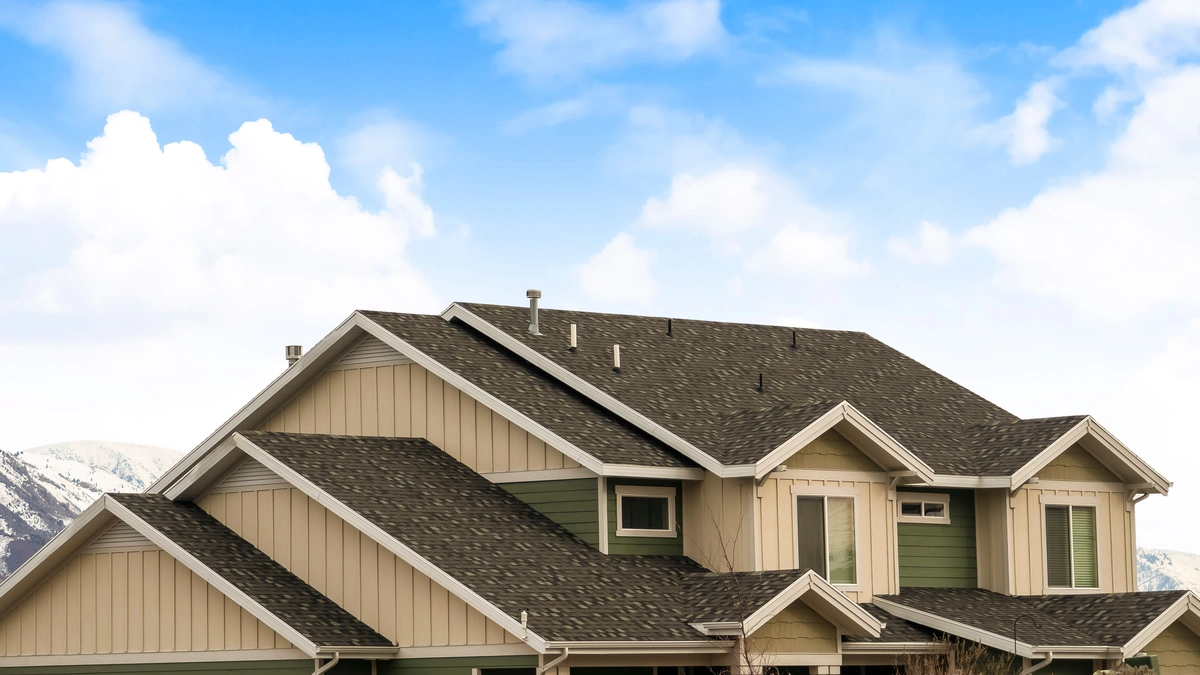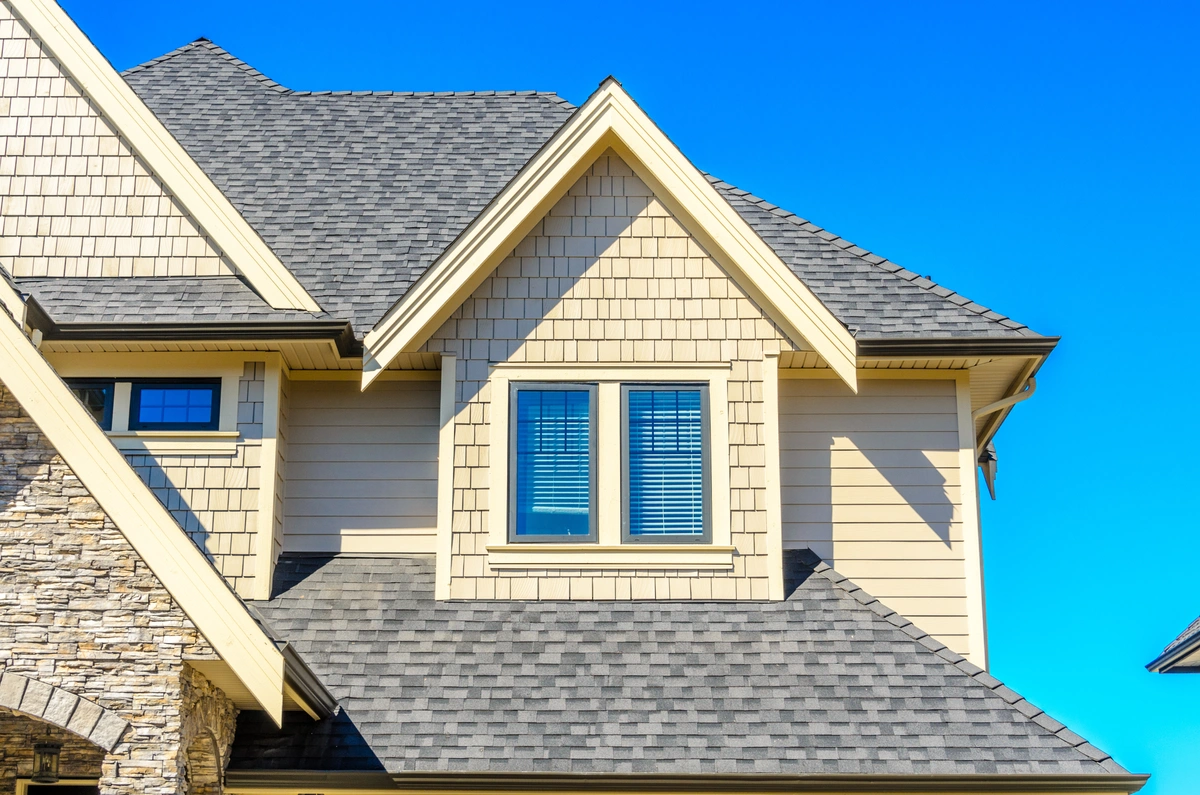A roof is one of the most critical components of your home, yet it often remains overlooked until problems arise. Understanding the various parts of a roof, why they matter, and how to maintain them is crucial for every homeowner.
In this comprehensive guide, we will delve into:
- The different components of a roof
- Why homeowners should familiarize themselves with their roof’s workings
- Common signs of roof damage
- Essential tips for roof maintenance
Why Homeowners Should Understand How Their Roof Works
Your roof isn’t just a protective shield that keeps you dry during rain and snow – it’s a complex system with several interconnected components. By gaining an understanding of how your roof works, homeowners can:
- Make Informed Decisions: When it’s time for repairs or replacements, homeowners with knowledge about their roofs can make informed decisions, ensuring they get the right materials and services.
- Spot Early Warning Signs: Regular roof inspections can help identify potential issues before they escalate, saving you from costly repairs or replacements down the road.
- Enhance Home Safety: A well-maintained roof is a safer roof. Understanding your roof helps you address potential hazards like leaks or structural weaknesses promptly.
- Increase Property Value: A well-maintained roof adds value to your home, making it more appealing to potential buyers if you decide to sell.
Now that you understand why it’s essential to grasp the basics of your roof, let’s explore the different parts that make up this vital structure.
The 8 Different Parts of a Roof and Their Functions
1) Roof Decking (Sheathing):
The roof decking, often made of plywood or oriented strand board (OSB), serves as the base for the entire roof system.
It provides structural support and a surface for attaching roofing materials.
2) Underlayment:
The underlayment is a moisture barrier layer that goes on top of the roof decking. It helps protect the roof from water infiltration and provides an additional layer of insulation.
3) Roofing Material:
Roofing materials come in various forms, including shingles, tiles, metal, or roofing membranes. These materials form the visible exterior of the roof and provide protection against weather elements.
4) Flashing:
Flashing is typically made of metal and is used to seal and protect roof transitions, such as valleys, dormers, and chimneys. Proper flashing prevents water from seeping into vulnerable areas.
5) Roof Ventilation:
Ventilation components like soffit vents and ridge vents ensure proper air circulation in your attic. This helps regulate temperature and humidity, preventing moisture buildup and prolonging the life of your roof.
6) Gutters and Downspouts:
Gutters and downspouts channel rainwater away from your roof and foundation. They prevent water from pooling on your roof or causing erosion around your home.
7) Ridge Cap:
The ridge cap is the finishing touch on the roof’s peak. It protects the roof’s highest point from water infiltration and adds an aesthetic touch.
8) Eaves:
Eaves are the overhanging edges of your roof. They provide shade and protect your home’s siding and foundation from water damage.
Common Signs of Roof Damage
Now that you know the parts of a roof, it’s essential to recognize common signs of roof damage. Prompt identification can prevent further deterioration and costly repairs. Keep an eye out for these warning signs:
- Leaks: Water stains on ceilings or walls, damp spots in the attic, or water dripping into your home are clear indicators of roof leaks.
- Missing or Damaged Shingles: Missing, curling, or cracked shingles can expose your roof to further damage from wind, rain, or UV rays.
- Sagging or Drooping Roof: A sagging or drooping roof may indicate structural issues that need immediate attention.
- Granule Loss: If you notice an excessive amount of granules in your gutters or downspouts, it may signal deteriorating shingles.
- Mold or Mildew Growth: Mold or mildew on the roof’s surface or in the attic suggests moisture issues that need to be addressed.
- Peeling Paint or Stains on Siding: Water runoff from a damaged roof can cause peeling paint or stains on your home’s siding.
- Clogged Gutters: Gutters clogged with leaves, debris, or granules can lead to water overflow, damaging your roof and foundation.
How to Maintain Your Roof
Regular roof maintenance is the key to extending its lifespan and preventing costly repairs. Here are some essential maintenance tips for homeowners:
Schedule Annual Inspections:
Hire a professional roofer for an annual roof inspection. They can identify issues early on and recommend necessary repairs.
Clean Gutters and Downspouts:
Regularly clean your gutters and downspouts to ensure proper drainage and prevent water buildup.
Trim Overhanging Branches:
Trees with branches hanging over your roof can damage shingles and provide easy access for pests. Trim them back to a safe distance.
Remove Debris:
Clear any debris, such as leaves, branches, or dirt, from your roof’s surface.
Check Flashing and Seals:
Inspect flashing and seals around vents, chimneys, and other roof penetrations for signs of wear and tear.
Monitor Attic Ventilation:
Ensure your attic has proper ventilation to prevent moisture buildup and mold growth.
Repair Damage Promptly:
If you notice any of the signs of roof damage mentioned earlier, don’t delay in addressing the issue. Timely repairs can prevent further damage.
Consider Professional Cleaning:
If you live in an area prone to algae or moss growth, consider professional roof cleaning to maintain its appearance and longevity.
Talk With Your Local Roofing Contractor
Understanding the various parts of your roof, recognizing signs of damage, and implementing proper maintenance practices are essential responsibilities for every homeowner. By taking proactive measures and addressing issues promptly, you can ensure that your roof continues to protect your home for years to come. Remember, a well-maintained roof not only adds value to your property but also provides peace of mind, knowing that your home is secure from the elements.
Whether you need help with your asphalt shingles or your roof structure, the team at Trojan Roofing is ready to handle all of it! Contact us today for a free estimate for your roofing project.



